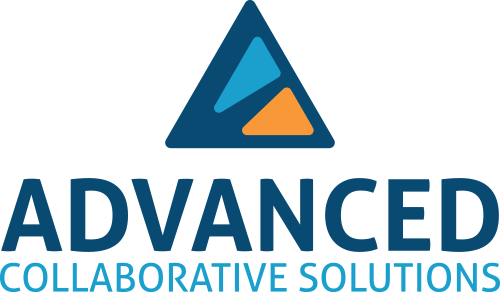Interacting With Success Criteria
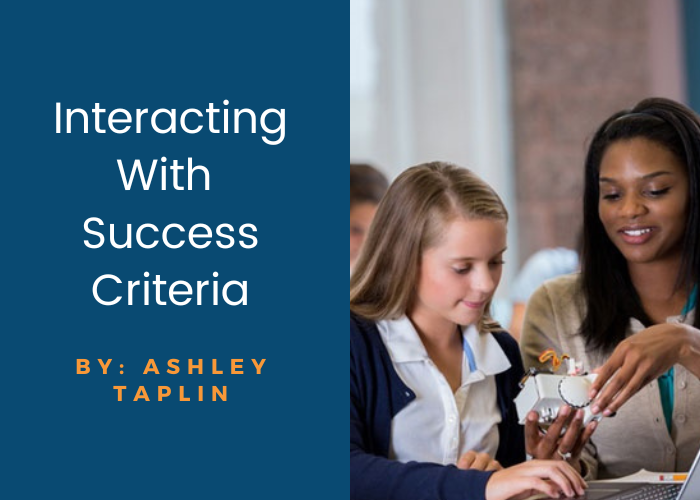
By: Ashely Taplin
The other day, I walked by students performing a physics experiment in the hallway. Interested, I stopped and asked what they were doing, but unfortunately I was met with very surface level responses: they were “working on physics” and “launching gummy bears.” After thanking the students, I almost started to walk away to my next appointment, but quickly remembered a suggestion I heard from John Hattie at a Visible Learning conference a few years ago—switch from saying “what are you doing” to “what are you learning?” I turned around and asked the same students the new question saying, “I know I just asked you, but do you mind telling me again, what are you learning?” Their responses were completely different. They began sharing that they were learning how to “run a well-controlled randomized experiment” and that they were learning about “how the angle of elevation affects the distance of launched gummy bears.” I was amazed. I continued asking three more groups the same two questions and each time the first response to what the students were doing was surface level, expected, and unoriginal. The second response to what they were learning was incredible. I heard rich vocabulary, collaborative discussion, and reasoned argument. Walking away I felt like I had seen the power of what Hattie describes as teacher clarity—clearly defined learning intentions and success criteria of a lesson. Beyond that, I heard the three indicators of teacher clarity—students could articulate what they are learning, why they are learning it, and where to go next.
Making Teacher Clarity Visible
As an instructional specialist, I have been working with teachers on teacher clarity, specifically writing learning targets and success criteria, and this experience brought me to remember our why in doing this. It’s not just about posting the target or success criteria on the board, it’s deeper than that. Teacher clarity is about helping students use their learning to become more metacognitive, to allow students to take ownership in their learning, and to provide feedback to both learners and teachers. While this question of “what are you learning” is now one of my go-to ways to hear clarity in action, the following are three of my other favorite ways to make teacher clarity visible:
- Success Criteria Confidence Checks: One strategy I love to use with learning targets and success criteria is to have students identify which success criteria they feel confident on before beginning a lesson. This gives insight into prior knowledge for both the teacher and the student, and allows for students to see the importance of a growth mindset. In the example below, I shared the learning target (I can draw a parabola by using the focus and directrix) and the five success criteria. After the lesson, I then revisited the learning target and success criteria and asked two follow-up questions: Which success criteria do you now feel confident on? Which ones do you still have questions about? This metacognitive reflection helps celebrate learning and pinpoints specific areas where the teacher can then remediate either whole-group or individually.
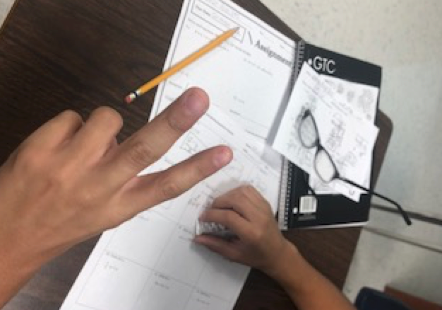
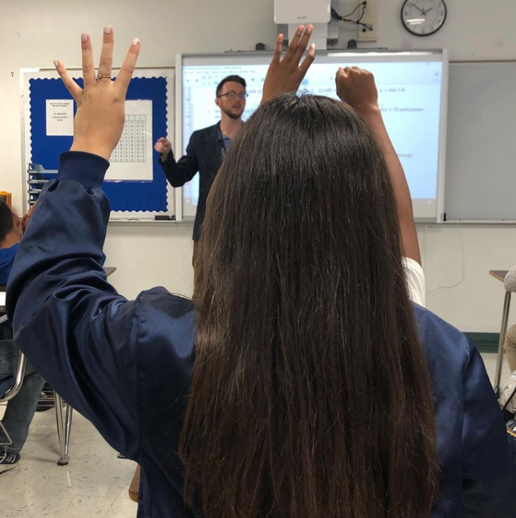
- Numbering to Success: Another strategy I like to use is numbering the success criteria. When students have a question, I ask them to show me which numbered success criteria their question refers to. By identifying this, students are able to take ownership over their learning and articulate what they need when they are stuck rather than simply saying, “I don’t know.” Furthermore, we can also talk with a more strengths-based mindset in which the student can share what they do know, eventually leading to what they still don’t understand.
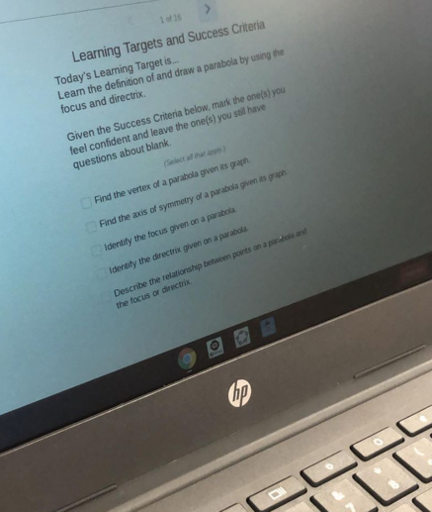
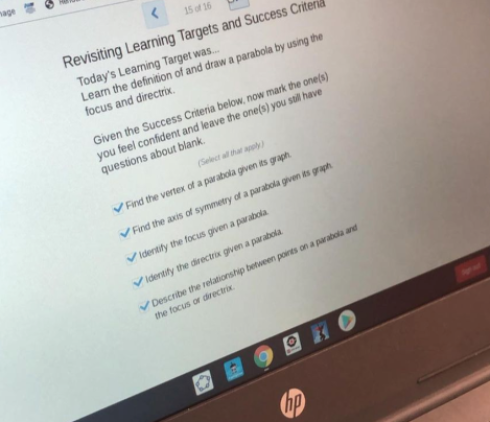
- Think-Ink-Combine & Refine Learning Target Strategy: Finally, this strategy called “Think, Ink, Combine & Refine” is a strategy I created with a colleague that helps bring a more investigative approach to uncovering learning targets and success criteria. For the think-ink portion of the strategy, we provided the agenda of what we did that day and asked students to individually write what they learned during it. After a few minutes, we asked students to then pair up to combine and refine their ideas into one learning target. Hearing and reading their takeaways in this way allowed us to formatively assess their learning and gain perspective in their specific takeaways from the lesson.
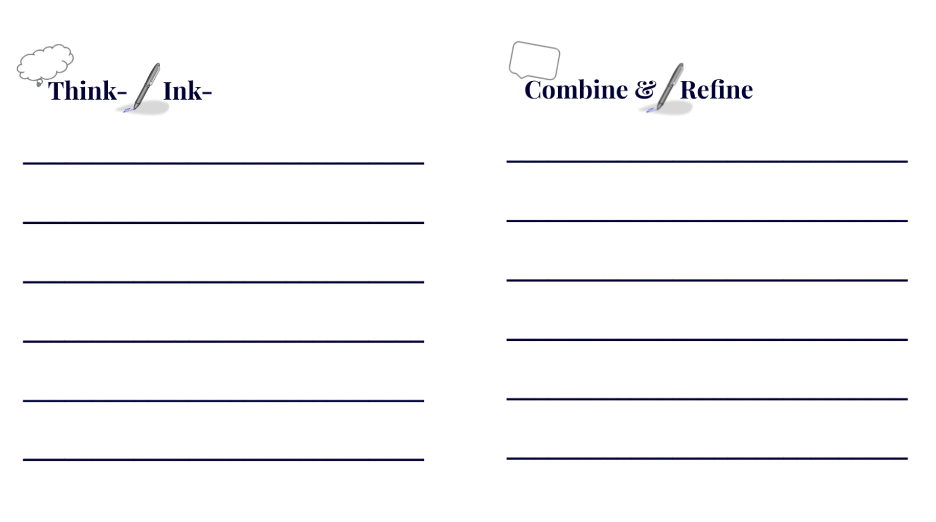
Teacher Clarity as an Ongoing Process
Crafting these strategies for learning targets and success criteria has enabled me to see that teacher clarity is an ongoing process that is connected to so much more. They create a continuous cycle of sharing learning intentions, creating opportunities for reflection, and giving and receiving feedback. Finally, teacher clarity allows students to become owners of their learning. By gaining ownership students leave each class period with an understanding of where they are and need to go next. Hearing this, like in the physics classroom, I felt a sense of pride from students as they shared their learning with me.
